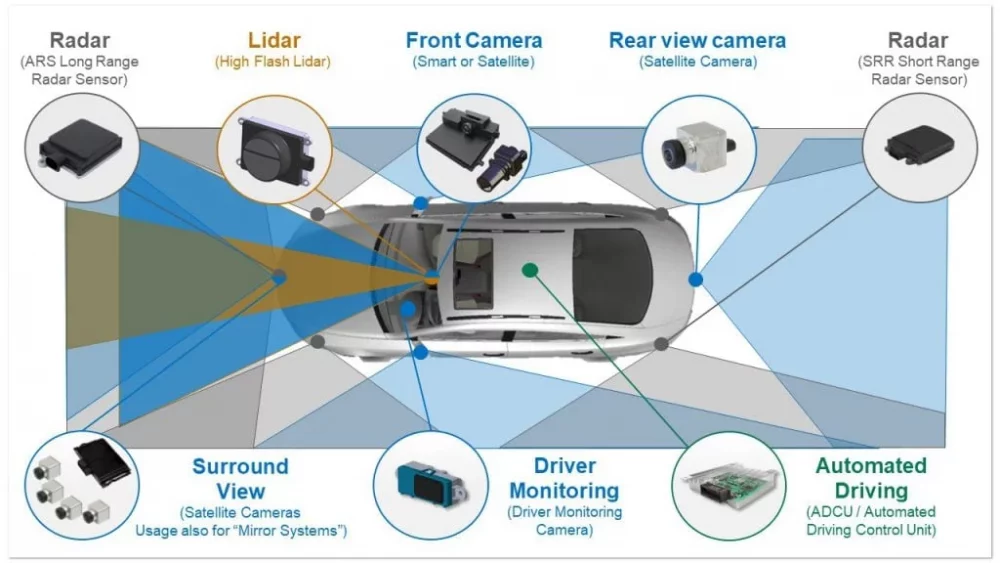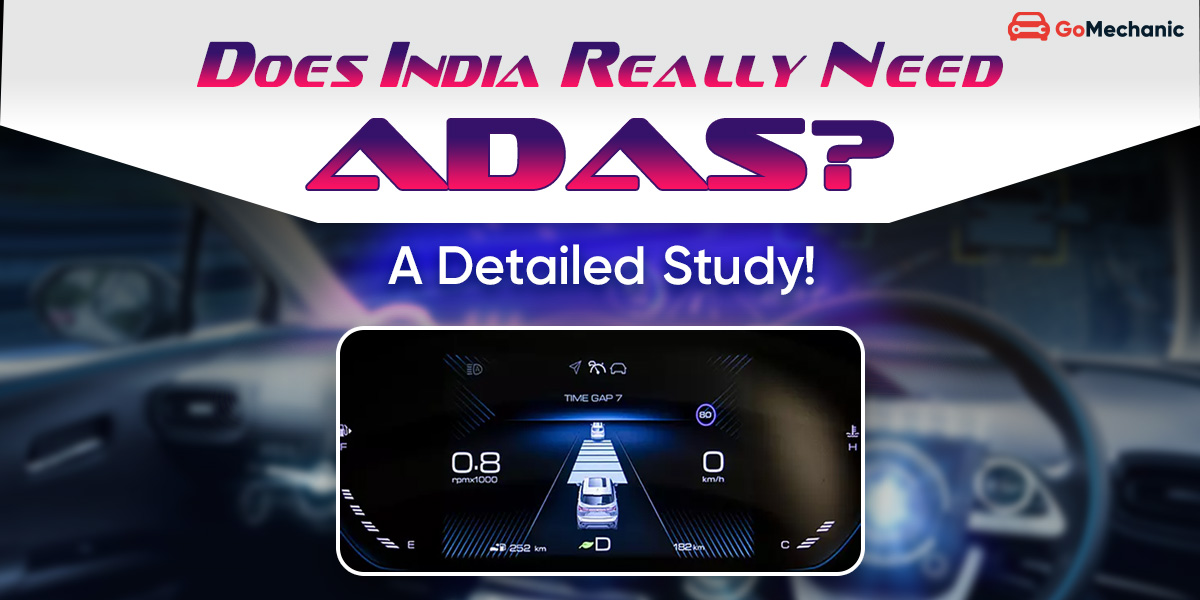As technology fast transforms the way we travel, India stands at the cusp of a important automotive revolution. Superior Driver Support Systems, commonly recognized as ADAS, are at the coronary heart of this transformation. Though the West has been swift to adopt ADAS technologies, the huge query is: Does India truly want ADAS? Let us investigate the relevance, opportunity rewards, and difficulties connected with bringing ADAS to Indian roadways.
Knowledge ADAS
For the uninitiated, ADAS refers to methods that use superior systems, like cameras and sensors, to augment and sometimes substitute human driving functions. These include things like attributes like lane departure warnings, automated emergency braking, adaptive cruise command, and much more.
Why ADAS Helps make Sense for India
- High Road Incident Figures
India has one of the best quantities of road mishaps globally. According to the Ministry of Road Transport and Highways in 2019, India recorded over 150,000 fatalities due to highway accidents. ADAS can play a significant position in cutting down this quantity. Technologies such as collision avoidance and pedestrian detection can actively avoid mishaps, generating roadways safer.
- Targeted visitors Management
Indian metropolitan areas are infamous for their congested website traffic. Methods like adaptive cruise regulate, targeted visitors jam help, and automatic parking can simplicity the tension of navigating by way of crowded roads and restricted parking places.
- Adapting to International Requirements
Lots of world automotive giants are introducing ADAS as a conventional in their cars. If India designs to be a world wide automotive powerhouse, embracing and integrating ADAS will be a pivotal shift.
- Foreseeable future of Autonomous Autos
Though whole autonomy is nonetheless a distant aspiration for Indian roadways, starting up with ADAS can be a stepping stone to introducing a lot more state-of-the-art autonomous technologies in the upcoming.

Problems to Take into account
Though the likely positive aspects of ADAS are significant, the street to widespread adoption in India is not with out hurdles:
- Infrastructure Problems
Indian streets are diverse and often unpredictable. Potholes, unclear lane markings, and makeshift routes pose worries for ADAS systems that rely on obvious visible cues.
- Substantial Implementation Cost
Integrating ADAS technology can maximize auto costs. Provided that a major portion of India’s automotive sector is selling price-sensitive, makers have to have to strike a balance among cost and tech implementation.
- Cultural Adaptation
Many Indian motorists count closely on guide driving capabilities and human judgment honed more than many years of navigating sophisticated site visitors situations. Convincing them to have faith in and adapt to automated units will be a problem.
Paving the Way Ahead: Recommendations
To harness the whole probable of ADAS in India, a multi-pronged strategy is necessary:
- Government Intervention
The government can play a pivotal job in selling ADAS. This could be by means of subsidies for companies or awareness strategies to educate the general public about the advantages of ADAS.
- Nearby Customization
ADAS programs for India need to be tailored for Indian highway problems. Collaborating with community tech firms can lead to the progress of methods that cater specifically to the one of a kind challenges of Indian roadways.
- Reasonably priced ADAS Selections
Introducing primary ADAS characteristics in budget automobiles can assistance in gradual acceptance and trust-making among consumers. As the technology evolves and results in being extra cost-effective, additional superior functions can be released.
Our Consider
Does India definitely need ADAS? Specified the possible for improved protection and the international shift toward smarter driving technologies, the respond to leans in the direction of a resounding “Yes”. Nevertheless, a thoughtful and localized approach will be crucial in building ADAS a prevalent truth on Indian roads. Embracing ADAS is not just about becoming a member of the world-wide tech bandwagon, but about ensuring safer, smarter, and far more productive roadways for just one of the world’s most populated nations.
